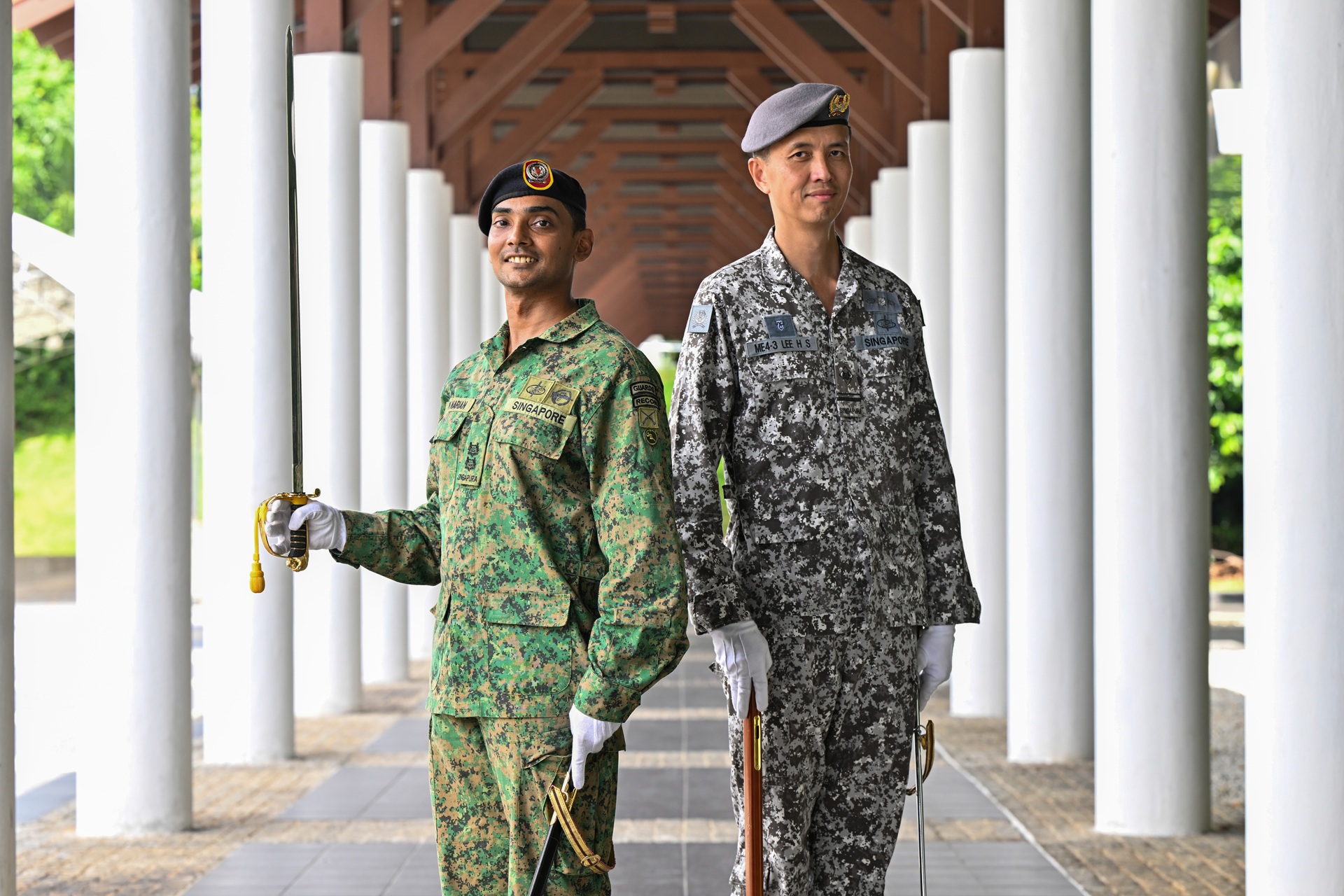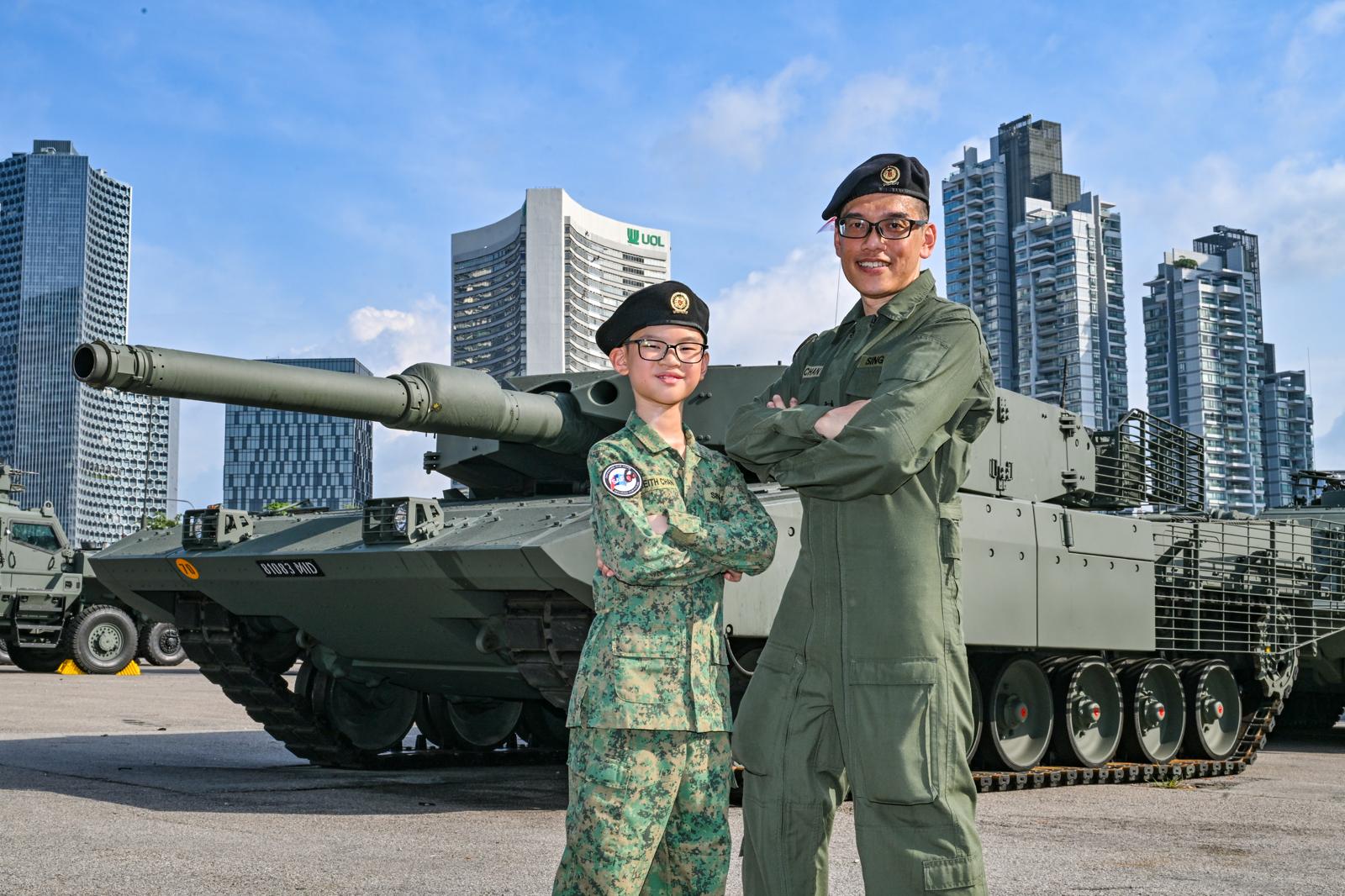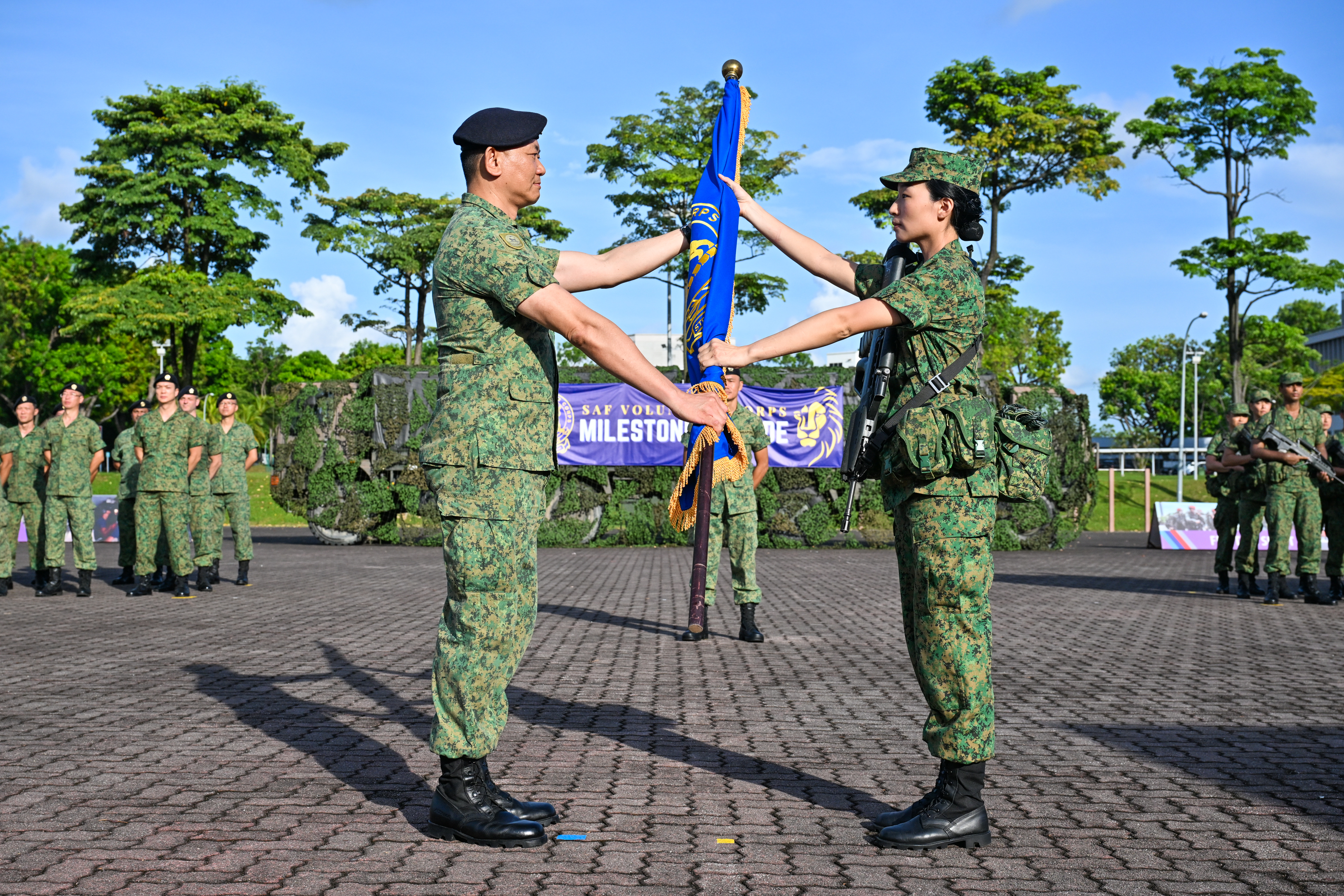BATTLE CITY
STORY // Teo Jing Ting
PHOTO // Bryan Loo
A group of soldiers is patrolling an estate when one of them is shot by a sniper. After pulling the casualty to safety, the rest comb the houses and talk to civilians as they go door to door to hunt for the sniper.
Come early 2021, soldiers will be able to go through civil-military training like this at a new training facility in the West. With a land area of 88 hectares, SAFTI City will comprise two sectors that boast more than 200 buildings of varying heights and types, extensive road networks, and even an underground MRT station.
Realistic urban operations
Sector 1 of SAFTI City will allow the training of Island Defence competencies such as coastal defence operations. Located at the northern edge of the Poyan Reservoir, this area will feature buildings like a petrochemical complex, warehouses, container parks and industrial buildings.
Sector 2 will enable soldiers to level up their competencies in the areas of homeland security and urban operations. Mirroring Singapore s dense urban environment, this sector will contain structures such as an intricate road network, basement carparks, dense clusters of shophouses, high-rise and interconnected buildings, a bus interchange and an MRT station with multiple surface exits.
In his speech at the Committee of Supply or Budget debate on 3 Mar, Minister for Defence Dr Ng Eng Hen said that the new training facility would allow any battalion to fight across different terrains successively to better approximate real-life missions.
He said: "SAFTI City will take our NS (National Service) training to a much higher level of realism and effectiveness."
At SAFTI City, soldiers can train not only for counter-terrorism and urban operations, but also air-land integration exercises and disaster relief operations. The facility will also be equipped with video monitoring and data analytics functions to provide an immediate and comprehensive after-action review for more effective learning.
Optimising land space
To optimise the use of fringe training areas in the West, three areas will be enhanced with Instrumented Battle Circuits (iBACs). These areas are Pasir Laba Training Area, Ama Keng Training Area, and the Murai Urban Training Facility (MUTF).
Designed for light and motorised infantry as well as mechanised operations, the Pasir Laba iBAC can accommodate concurrent training for up to three infantry companies.
The Ama Keng iBAC will feature platoon battle courses for soldiers to execute battle drills on board combat vehicles such as the Terrex Infantry Carrier Vehicle, Bionix Infantry Fighting Vehicle and Leopard 2SG Main Battle Tank.
Added on to an existing sector of MUTF, the last iBAC comprises nine section-level battle lanes that can be customised for different situations. For example, trainees may have to deal with improvised explosive device attacks or interact with civilians in combat zones.
Sensory battlefield experience
In the iBACs, soldiers will be thrown into a sensory battlefield experience -- complete with interactive targets, battlefield effect simulators, simulated blasts and smoke effects.
Instead of static target boards,"thinking enemies" will be introduced in the facility. These 3D mobile targets will have in-built artificial intelligence that react accordingly to the soldiers drills. For instance, if a target in a group gets shot, the rest of the targets will disperse in different directions. Such scenarios will test the soldiers reactions and train their adaptive thinking.
The role of civilians will be played by virtual avatars projected onto walls. Both the targets and the avatars can be controlled by a trainer or pre-programmed to follow a certain training scenario.
As they are portable, these interactive targets and effect simulators can also be used in SAFTI City. When required, the battle scenarios in the iBACs can be designed and updated to meet current training needs as well.
With the modern battlefield often found in dense urban areas, it is crucial that the Singapore Armed Forces remains a capable force in urban operations, said Assistant Chief of the General Staff (Training) Colonel Andrew Lim.
Apart from urban terrain, SAFTI City would also feature conventional terrain with jungles, hills and rivers to allow soldiers to experience the complexities of different battlefields.
"We designed this training facility to allow our soldiers -- national servicemen who form the bulk of our fighting force -- to have a more realistic and effective training experience, so that when they have to execute their missions to protect Singapore, they will be ready."
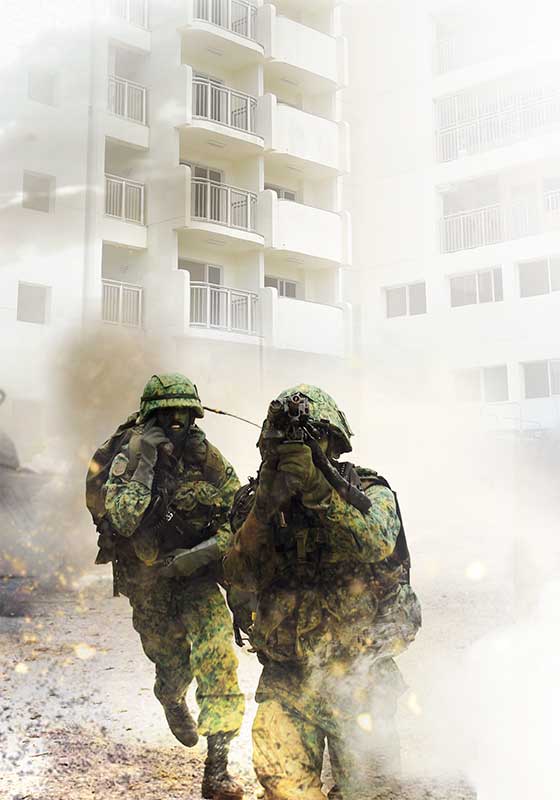
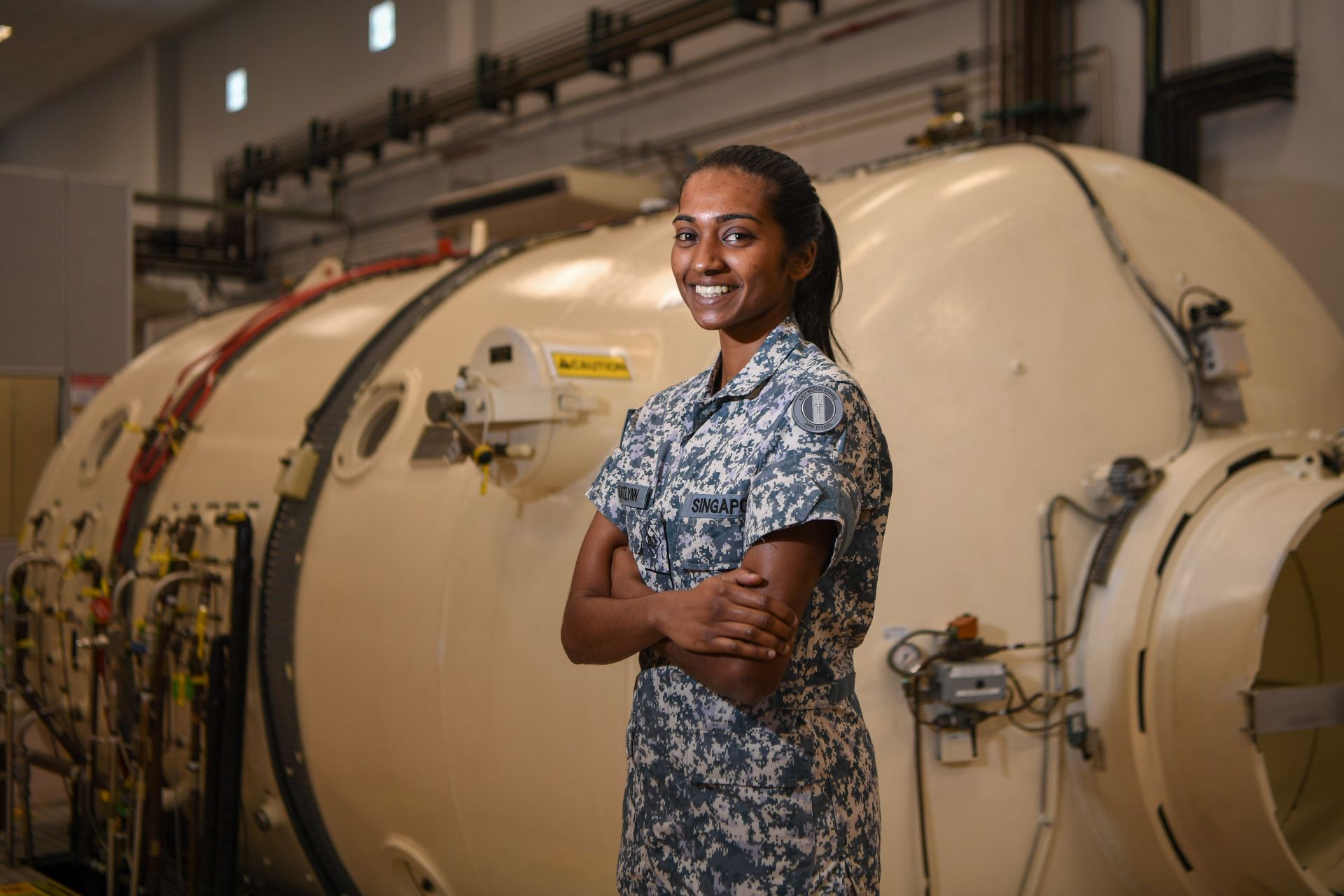
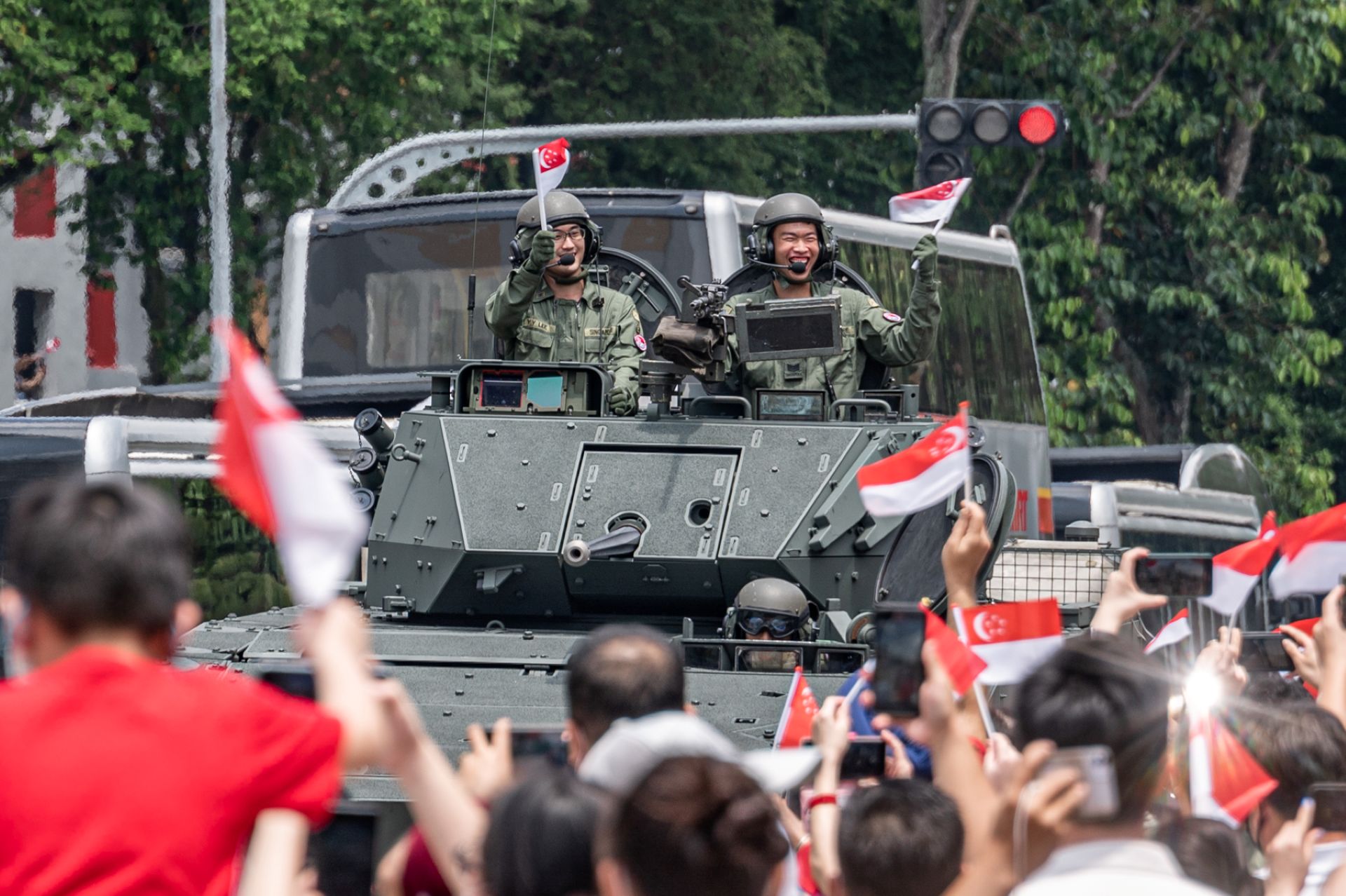
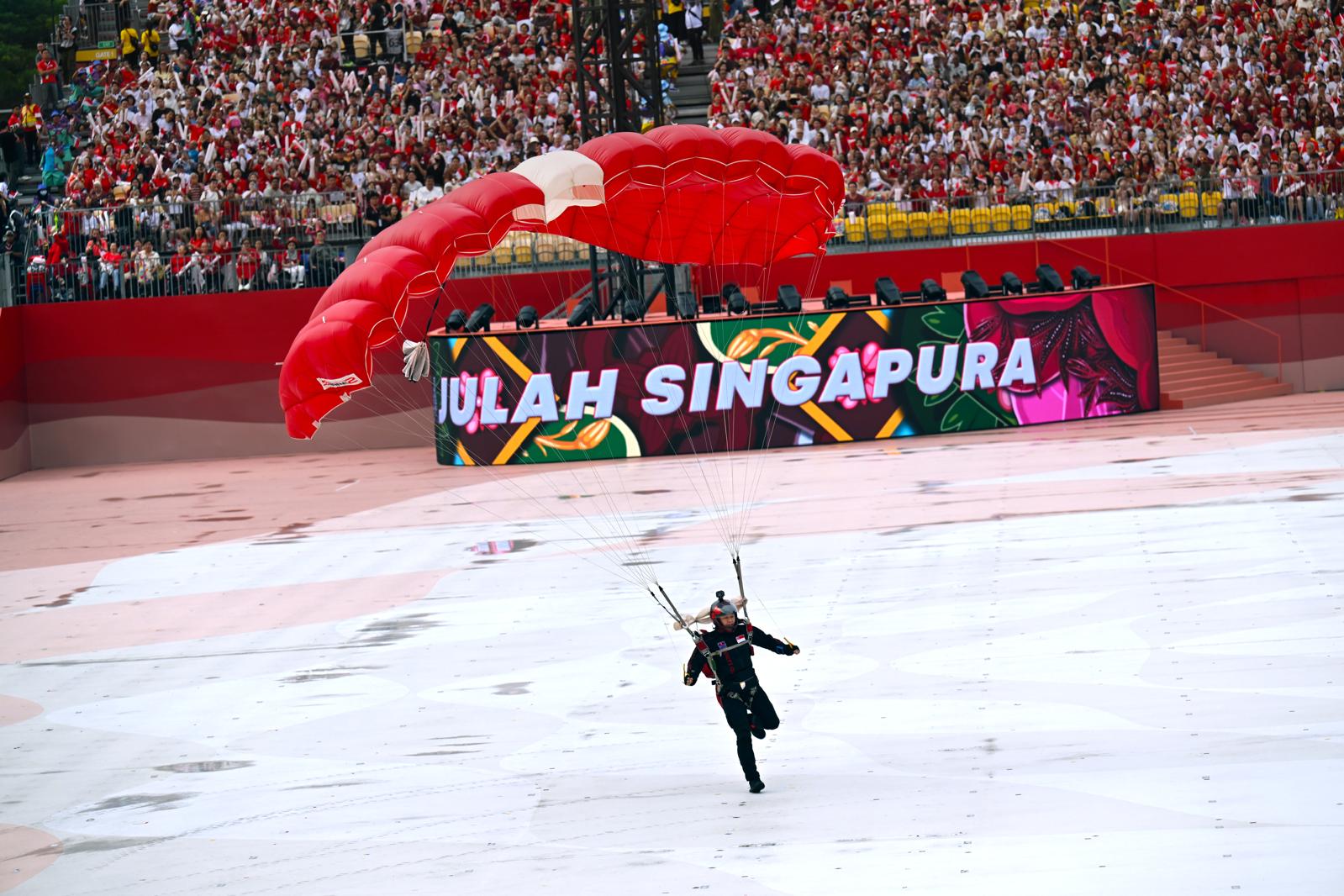
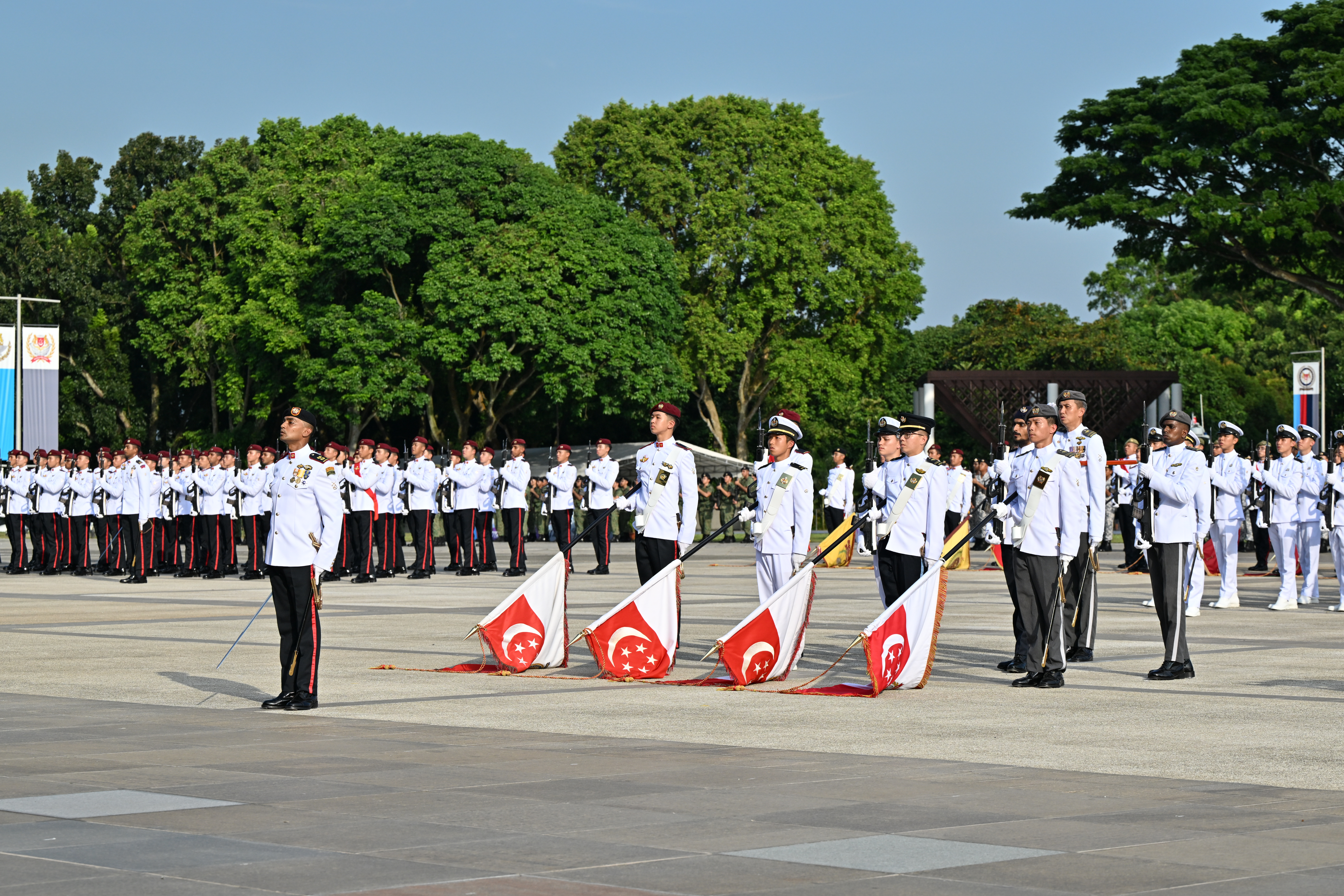
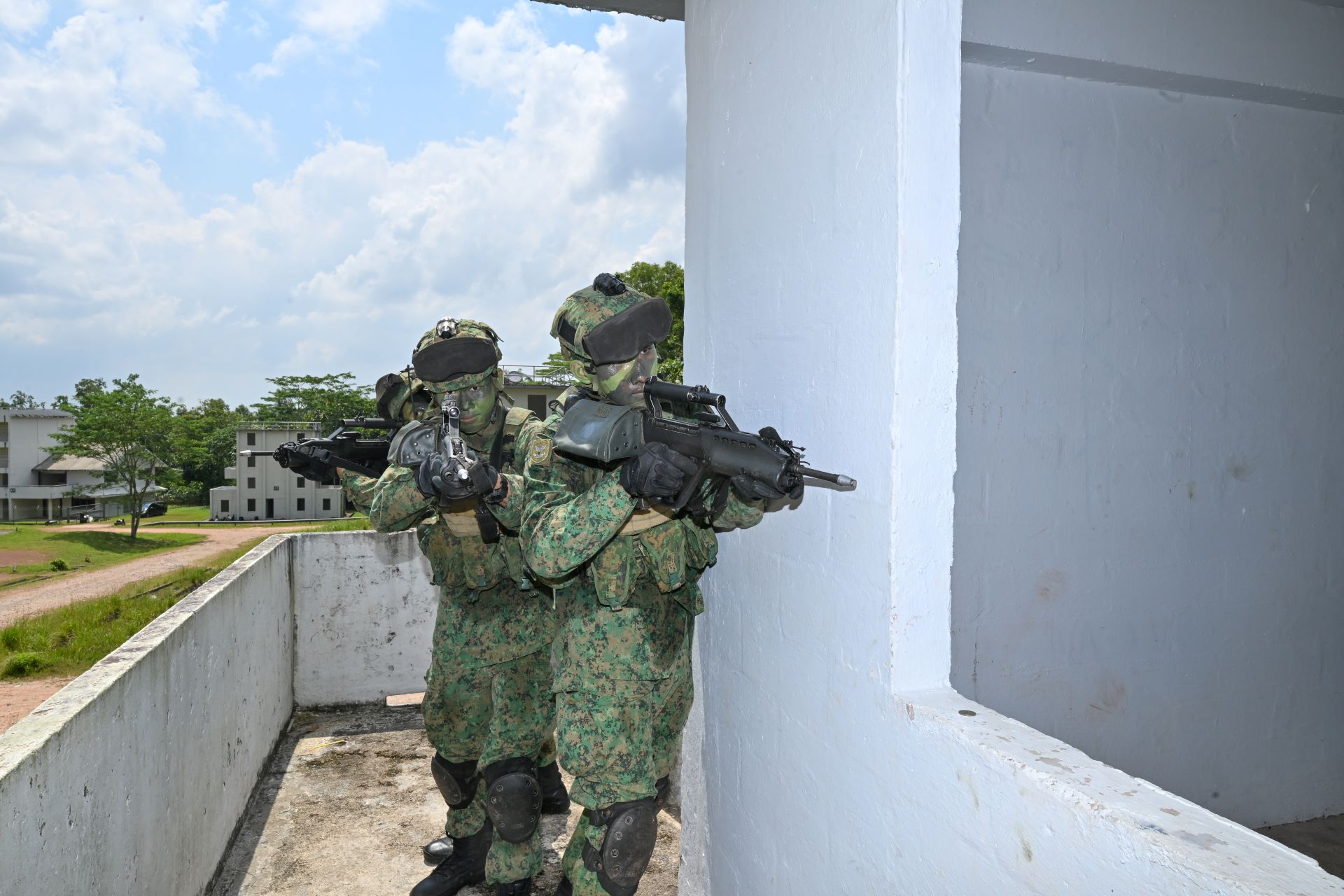
.jpg?sfvrsn=b5383902_1)
.jpg?sfvrsn=4eb1b86e_1)
